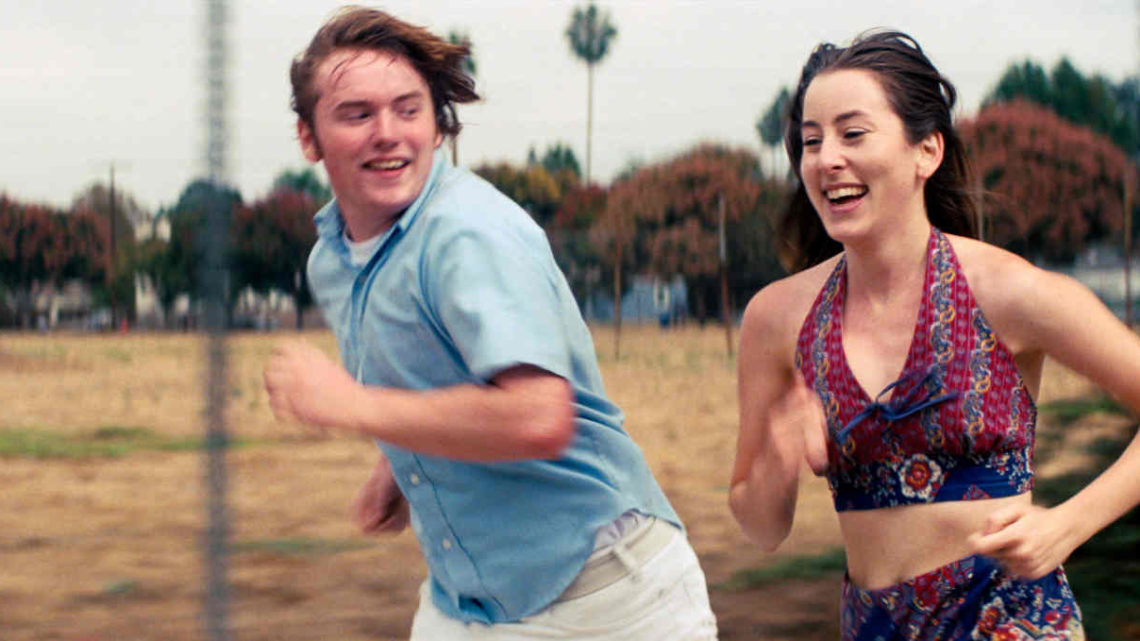Tropic Sprockets / Licorice Pizza
By Ian Brockway
Paul Thomas Anderson is brilliant at dense psychological character studies. In “Licorice Pizza” he turns his eye to adolescence, creating a rambling tale based on the stories of Anderson’s friend Gary Goetzman working as a child actor.
The film is heartfelt, quirky and propulsive having echoes of Mike Nichols’ “The Graduate” (1967) as well as “Fast Times at Ridgemont High” (1982).
Gary (Cooper Hoffman) is a 15-year-old child actor who doesn’t seem to fit in. He has a salesman spiel but he is also awkward. One day, he spies the self-assured adult Alana (Alana Haim), a photographer’s assistant. Gary is smitten and can’t stop talking. Gary’s mother won’t let Gary travel to New York without a chaperone so he convinces Alana, an adult, to accompany him.
Gary lands a job working with the vulgar Lucy Doolittle (Christine Ebersole) based on Lucille Ball.
After Alana has a rocky relationship with the slick heart-throb Lance (Skyler Gisondo) a rapport develops between Gary and Alana. She sees vulnerability beneath his overconfidence and traces of self-deprecation, moments of innocence and naivety.
As the weeks go by, Gary has the idea for get rich quick schemes from selling waterbeds to pinball machines, now a legal enterprise in the 1970s.
The pair encounters all variations of the bizarre including a racist Japanese restaurant entrepreneur (John Michael Higgins), a pathologically enraged producer (Bradley Cooper, who almost steals the film), a war-obsessed actor (Sean Penn), and a director (Tom Waits) who is a cross between Hunter Thompson and Sam Peckinpah.
Gradually the mayhem intensifies with the adults becoming more and more driven and mad, either for power, fame or lust for money. The tone oscillates between romance to madcap comedy, then blends into a meditation on togetherness and intimacy.
Borrowing from many different cinematic sources, from John Hughes to the aforementioned Mike Nichols, “Licorice Pizza” is a poignant and suspenseful study of romance in the turbulent 1970s, full of naugahyde and unsavory polyester flim-flam men with fish-colored eyes.
With cars piled up on the LA freeway and men thrusting sexually into gleaming pinball machines, children screech and fire toy rifles as Nixon is shown in the background.
In this aspect, the film resembles Nathaniel West’s The Day of the Locust. Madness and confusion become ever present. Love with two breathless people at opposite ends of a Southern California sidewalk, remains the only stabilizing force.
Write Ian at [email protected]
[livemarket market_name="KONK Life LiveMarket" limit=3 category=“” show_signup=0 show_more=0]

No Comment